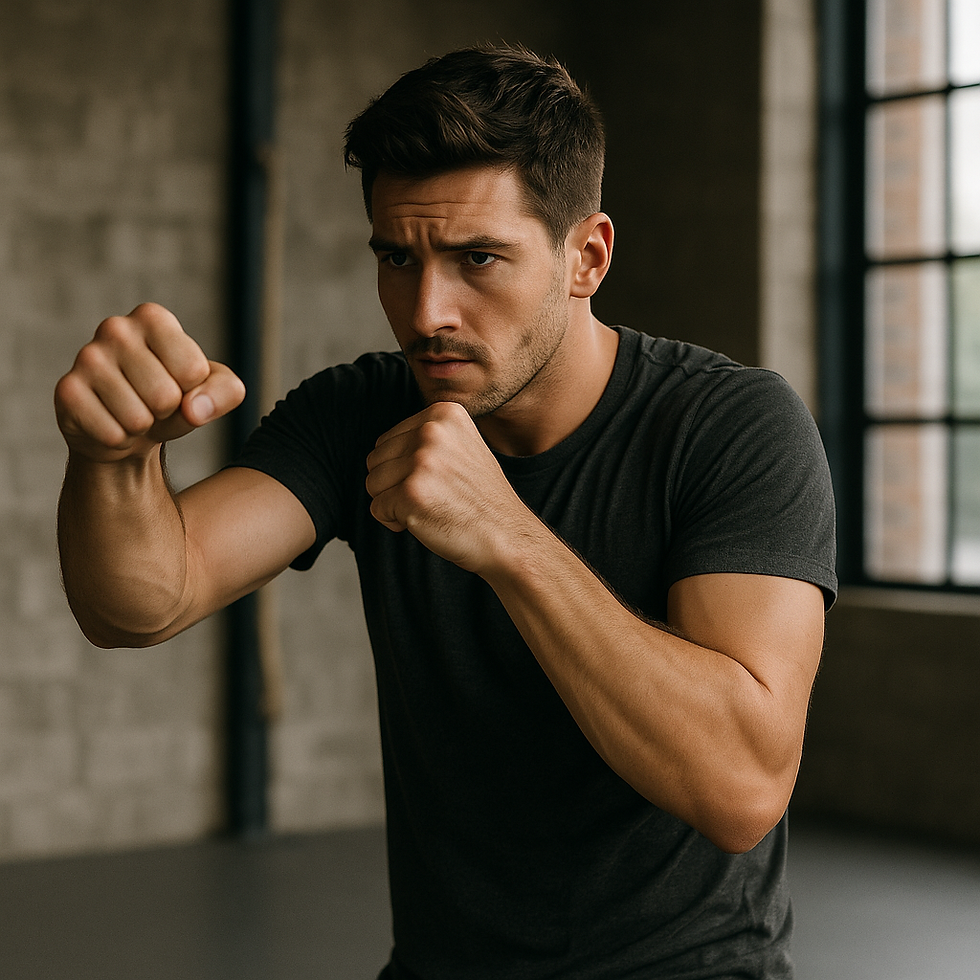Why Shadowboxing Is More Than Just a Warm-Up
- Team at Warriors

- Aug 31
- 2 min read

The Misunderstood Drill
To the untrained eye, shadowboxing can look like a warm-up you breeze through before “real” training begins. But ask any experienced fighter — in boxing, kickboxing, MMA, and even Kyokushin — and they’ll tell you that shadowboxing is one of the most essential, versatile tools you have.
Done right, shadowboxing sharpens technique, improves footwork, builds fight IQ, and conditions your body. It’s a complete training method in its own right.
Technical Laboratory for Fighters
When you shadowbox, there’s no physical contact to distract you. This means you can focus entirely on perfect mechanics — turning the hips on your cross, keeping your guard tight, or ensuring your kick re-chambers cleanly. It’s the place to break bad habits and refine details without pressure.
Advanced fighters use shadowboxing as their “experiment lab,” where they test new combinations, angles, and defensive movements before applying them in sparring.
Footwork: The Silent Weapon
Fights are often decided by who controls distance better. Shadowboxing gives you unlimited space to drill in-and-out movement, lateral steps, pivots, and angle changes. You can simulate closing the gap, circling away from power shots, or cutting off the ring — all without needing a partner.
Mental Visualization
Shadowboxing is mental sparring. You imagine an opponent, read their “attacks,” and respond accordingly. You can play out multiple scenarios: a taller opponent, an aggressive puncher, or someone who keeps circling away from your power hand. This improves anticipation and fight awareness.
Conditioning That Counts
Yes, shadowboxing warms up your muscles, but if you push the pace, it also builds endurance. Work in 2–3 minute rounds, mixing offense, defense, and footwork, and you’ll quickly feel your heart rate climb. Add light weights in your hands for an extra burn — but only if your form is flawless.
Pro Tip: Always shadowbox with intent. Imagine the crowd, the pressure, the opponent in front of you. The more realistic you make it, the more effective it becomes.




Comments